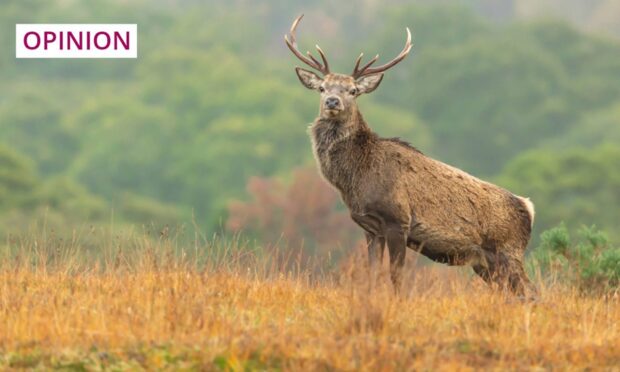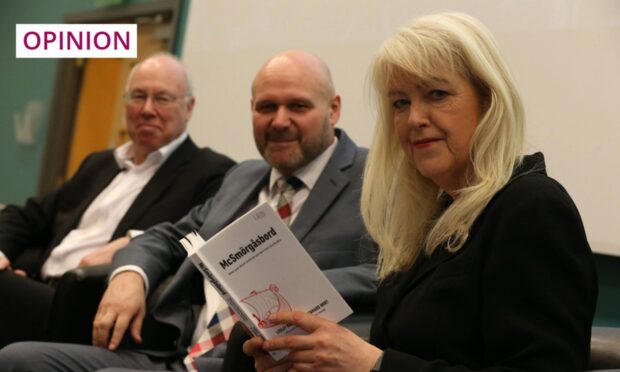With 2024 now in full swing, there is no let-up in the changes on the horizon for shooting and conservation across rural Scotland.
Whether it’s the scrutiny of grouse shoots and muirburn licensing, or the prospect of more deer management legislation coming down the track, the rules around Scotland’s rural landscapes are changing at great pace.
With ever-evolving legislation, it is paramount gamekeepers, farmers and land managers, many of whom are BASC members, are factored into the decision-making process.
No sooner were the Christmas decorations down that an overhaul of deer management was announced via a consultation, with substantial revisions to legislation proposed in the near future. It is the next instalment in the raft of changes being brought in, introducing potential alterations concerning female deer close seasons, firearm usage, competency requirements, venison sales, and control orders.
One proposition which has raised serious concerns is the inclusion of additional powers for NatureScot through Deer Management Nature Restoration Orders.
Due to the considerable financial responsibilities for gamekeepers and landowners, the Scottish Government must clearly define the situations in which these orders would be used. With any additional powers, there will be an element of subjectivity regarding how they are applied, creating sufficient room for decisions that may be disproportionate and unreasonable.
The government also proposes that deer stalkers in Scotland should meet certain fitness and competence standards, requiring at least a Deer Stalking Certificate Level 1. There’s ambiguity around whether this applies to unaccompanied deer managers or all deer hunters. Nevertheless, BASC advocates for industry-led voluntary training, and opposes mandatory competence testing for any form of shooting.
The suite of draft measures is intended to deal with high deer densities. However, there is a glaring omission in the proposals – one which would have the largest impact on deer population reduction and with little cost to the taxpayer. It is a long-standing BASC proposal for community deer management on publicly owned land.
Devolve powers to local communities and deer stalkers
At a time when the public purse is exceptionally tight, it seems irrational not to pursue a Norwegian-style approach, by freeing up stalking opportunities for those who are fit and competent to manage deer effectively on publicly owned land.
Take, for example, public land under management by Forestry and Land Scotland (FLS), formerly Forestry Commission Scotland. The national Scottish forest estate covers 6,400 km2 (the same size as the entirety of Aberdeenshire), approximately 8% of the land area of Scotland.
Over 6,000 individuals have successfully completed the Deer Stalking Certificate Level 1, and 2,000 have completed Deer Stalking Certificate Level 2
FLS is aiming to deliver a cull of more than 200,000 deer between 2022 and 2027, and has subsequently awarded £25 to £31 million worth of regional deer management contracts.
Accessible deer stalking opportunities can be few and far between, especially in lowland areas, yet Scotland has huge potential in this area. There are 26,300 firearm certificate holders in Scotland, a significant number of whom are involved in deer stalking.
Over 6,000 individuals have successfully completed the Deer Stalking Certificate Level 1, and 2,000 have completed Deer Stalking Certificate Level 2. It simply makes sense to devolve these powers on public land to local communities and deer stalkers.
‘Closed shop’ is detrimental on many levels
The “closed shop” with regards to lowland and upland deer management on public land is detrimental on many levels. Whilst a free-for-all is not the solution, the Scottish Government should give consideration to the role that skilled local stalkers can play in helping to reduce not only the burden on the taxpayer but also deer populations in specific areas.
We certainly look forward to bringing these policies forward with Biodiversity Minister Lorna Slater when we showcase community deer management in a “field to food bank” exhibition at the Scottish parliament in March.
The venison harvested from this land could be sold in local shops, but it also could contribute to food security and reducing poverty through the work of charities such as the Country Food Trust, which provides meals made with local venison and game to people in need.
The outcome of this consultation will significantly shape deer management in Scotland for many decades to come. It is paramount that the plan is clear, concise and workable for BASC members such as gamekeepers and stalkers.
Peter Clark is Scotland director for the British Association for Shooting and Conservation (BASC)













Conversation